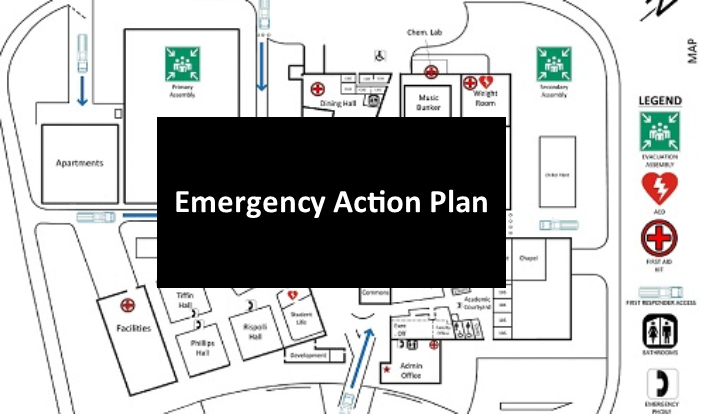Speaking up and protesting are important actions to take to change laws and stop violence against the innocent in America today. However, changes to laws and/or organizational stances on guns and/or what to do to help people in need before they are pushed to violence will take time. Therefore, to prevent further loss of life due to active shooter/attacker situations the mindset must shift from reactive to proactive.
One of the best ways to be proactive when it comes to saving lives in our nation’s businesses and schools is to have an action plan in the event tragedy occurs. If your organization and/or school system (including each individual building) does not have an emergency plan established, the time to establish one is NOW.
Be Proactive
In the United States the right to own a gun and the personal rights of the individual are protected under the constitution. These are the facts as of today, right now. However employers of every type, whether private, non-profit, religious or academic, are responsible for being prepared in case of emergency. How can you be ready? By being proactive with an emergency action plan (EAP).
The goal of an EAP is to:
- Stop the threat
- Minimize injury/loss of life and damage to property
- Consolidate useful information
A viable EAP establishes:
- General guidelines to address: threat identification, proximity of threats, staff leadership roles, and response
- Specific guidelines to establish: the circumstances and procedures for the sheltering-in-place, relocating to designated safe rooms within a facility, and/or evacuation of building occupants
No matter if the emergency is due to an active shooter, someone with a knife, or someone simply using their hands to harm others, an EAP can address any type of hostile or threatening situation. However, be sure to take the necessary time and effort to research the best course of action, specific to your organization.
Be Mindful
Remember that not all personnel or physical structures are the same. Learn from the shortcomings identified in the Sandy Hook After Action Report and be mindful to the specific aspects of your organization by:
- Consolidating and making floor plan data readily available (e.g. electronic format)
- Pre-determining staging areas for wounded/critical trauma intervention
- Establishing the location of a command post for law enforcement agencies
Being hasty and implementing a plan without customizing it to the unique qualities of the physical structure or the people that make up the organization will be a waste of time and effort, not to mention precious lives. For example, consider the issue of mandatory clear backpacks for all students at the Parkland, FL Marjory Stoneman Douglas High School.
Is that realistic? On average, a high schooler’s backpack weighs between 18-30 lbs. Can a backpack of clear plastic handle that weight? Probably not. Is it a key requirement to prevent a hostile attack? Probably not. Although it was one of many new security suggestions, it was not properly thought through in regards to the realistic needs of the high school students. So, when formulating an EAP, be mindful and proactive.
Remember, the best policy is to plan for the worst and hope for the best. Don’t wait until something is happening – establish what to do before. Be proactive with an up-to-date, organizationally specific emergency action plan. The chance to minimize injury and loss of life depends upon it!
SACS Consulting Knows How to be Proactive
Be prepared for any type of hostile or threatening situation by conducting Physical Security/Vulnerability Assessments and establishing an Emergency Action Plan (EAP) – Active Shooter/Hostile Threat Protocol specific to your organization. Contact us to speak with one of our security specialists today!

